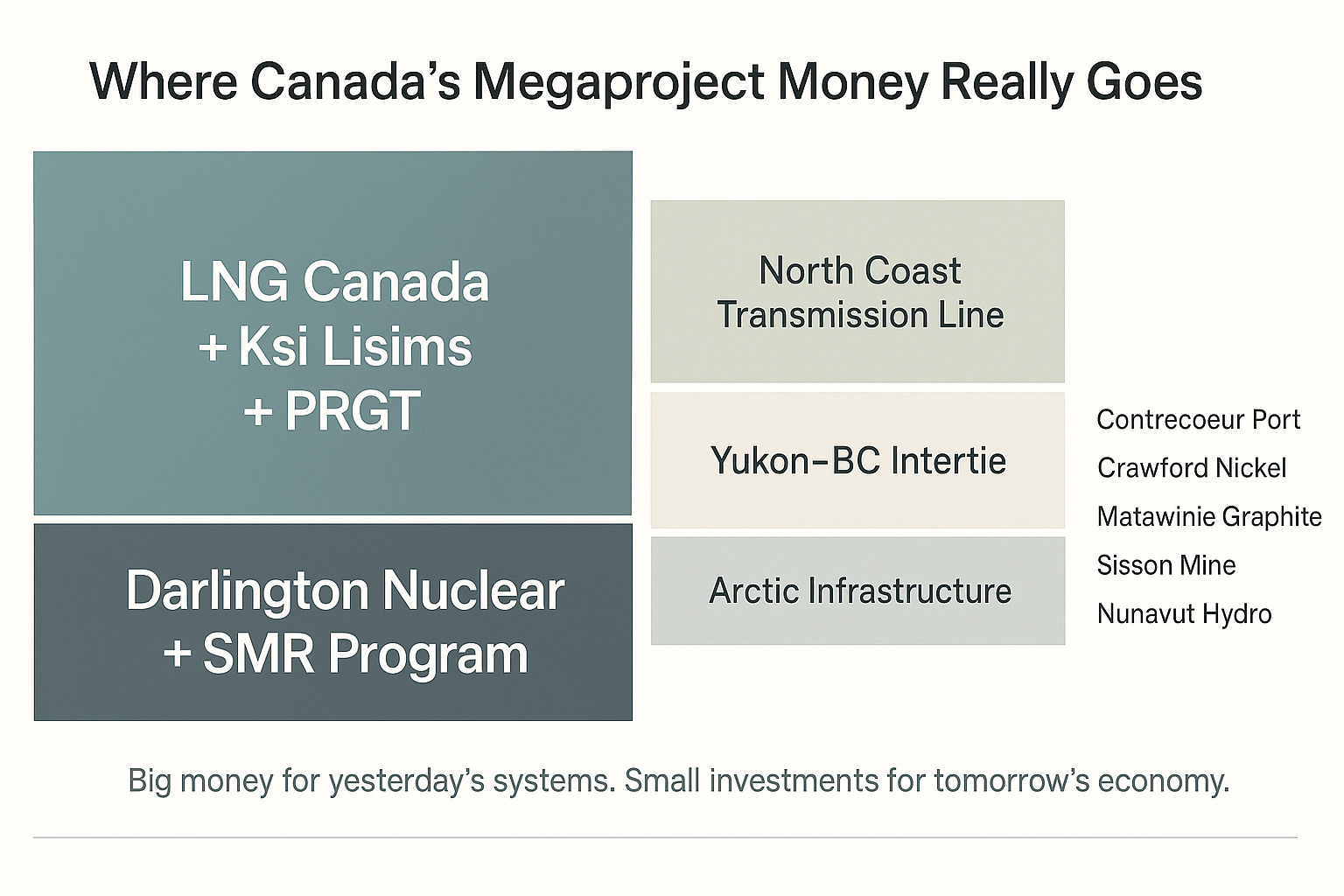Well, despite “soft landing” narratives in the media, bullish fervor on Wall Street, and a rising U.S. dollar versus foreign currencies, the precious metals markets continue to rip higher.
On Thursday, gold prices closed above the $2,700 level for the first time ever and they shot up another $25 on Friday.
The S&P 500 and Dow Jones Industrials also managed to push to new records this week. Investors seem totally unconcerned about lofty valuations, risks to the economy, and the potential for political turmoil next month.
Stock market bulls have certainly done well for themselves. Since the pandemic shakeout of 2020, U.S. stock indexes have clobbered the returns on bonds and cash.
Those returns are far less impressive, however, when measured against gold. In fact, the S&P 500 has lost value year to date in terms of real money. Both gold and silver are outperforming equities – a fact that isn’t broadcast widely to mainstream investors.
Yet if gold’s record bull run is being downplayed, silver’s recent strength is flying almost completely under the radar of the financial media.
The silver market rallied to a multi-year high last month before suffering a bit of a setback in early October. But on Friday, silver zoomed almost $2 higher, nearly hitting $34 per ounce.
In other news, the sound money movement continues to make inroads both legislatively at the state level as well as in the national discourse. The efforts of the Sound Money Defense League, Money Metals Exchange, and our customers have helped push several states over the past few years to end taxation on bullion purchases – with some taking further steps toward recognizing gold and silver as legal tender.
Meanwhile, harsh economic realities have left millions of Americans frustrated with the prevailing fiscal and monetary regime. Inflation has been steadily eating away at Americans’ hard-earned wealth in recent years.
They aren’t buying the narrative now being spun by Federal Reserve mouthpieces that price stability is in sight. Nor do they believe official government statistics on inflation reflect the full realities of rising costs of living.
For these reasons, the inherent flaws of fiat currency are becoming clearer to more people – as is the need for sound money reforms.
One prominent advocate of sound money now making waves is Judy Shelton. She has served as an economic advisor to former President Donald Trump. Shelton was also nominated by Trump to a seat on the Federal Reserve Board before her nomination was narrowly derailed in the Senate.
She is out with a new book called Good as Gold: How to Unleash the Power of Sound Money. She appeared recently on Fox Business with Charles Payne.
Charles Payne: You’ve always talked about groceries and gold exchanges, haven’t you?
Judy Shelton: Well, I think groceries are probably the most personal index that people refer to because then when they hear a government official, or even Chair Powell at the Federal Reserve, talk about wages having kept up with inflation, I think it comes across as, are you going to believe me or your own lying eyes? Because they really experience the inflation when they go to the grocery store.
And gold, that’s an interesting one because we now see people buying gold at Costco in massive quantities, and I think that that’s kind of a link to reality for a lot of people. So gold is kind of a surrogate for the real economy.
It’s not clear whether Judy Shelton would have a role in a potential second Trump administration. But Trump has made tackling inflation a key part of his campaign. And he has strongly hinted that anti-establishment Democrat turned independent, Robert F. Kennedy, Jr., would have a place in his administration.
RFK Jr. has focused heavily on policies that he thinks could make Americans healthy again. He has also criticized the fiat currency system. He proposes replacing the arbitrary decrees of central bankers as backing for the currency with gold, silver, and other hard assets.
Of course, gold itself is and will remain money regardless of what direction U.S. fiscal and monetary policy heads in the years ahead.
********



